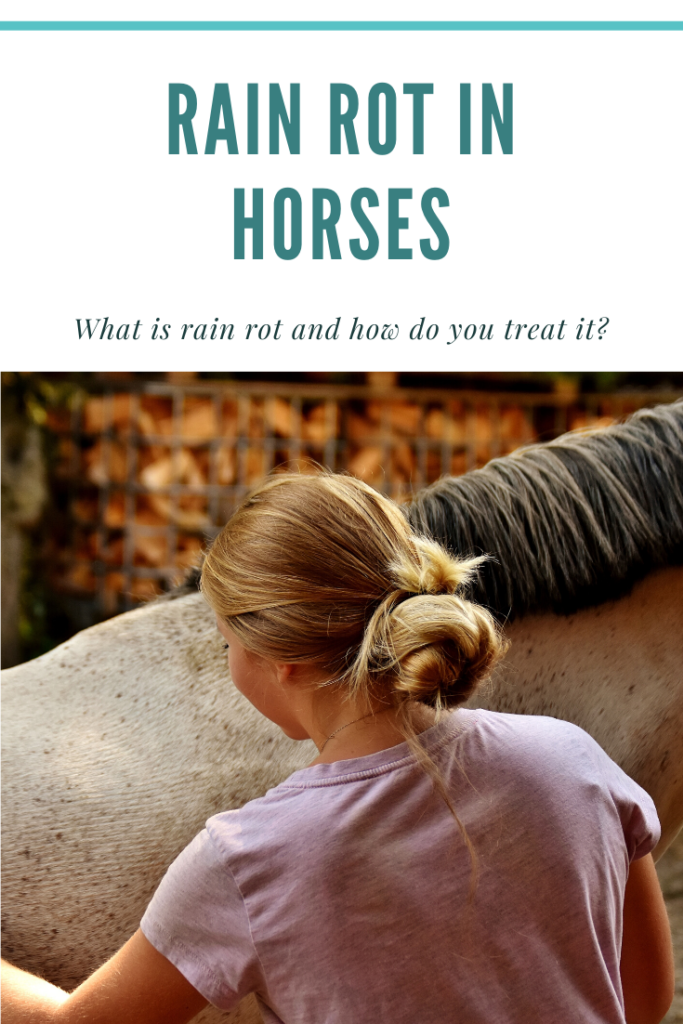
So what is rain rot?
Rain rot is the general term for a bacterial skin infection in horses. The bacteria dermatophilus congolensis is responsible for this infection. When these bacteria spores reach a compromised area of the horse’s skin, it invades the epidermis and infects the horse’s skin.
Rain rot is characterized by crusty scabs that come off with clumps of hair, leaving behind bald spots on a horse. The infection of the bacteria spores creates an immune response in a horse, whose body responds by produces extra white blood cells which accumulate in pus filled scabs on the horse’s skin. This is how the bacteria creates the characteristic crusty scabs that easily pull off along with some of the horse’s hair.
**If you are unsure if your horse has a rain rot infection, please consult your veterinarian**
What causes rain rot?
As the name implies that it is caused by rain, or moisture in general. Rain rot typically occurs along the top of the horse, and can be from the head all along the back of a horse. Rain rot is also most common in wet or humid conditions, and is rare in horses that don’t live in a wet environment.
If left untreated, rain rot can develop into a secondary infection, such as staph (staphylococcal folliculitis). So it is important to treat the condition as soon as it is detected.
How to treat rain rot in horses
As we just discussed, it is important to treat rain rot once it is found to avoid spreading the infection or allowing it to cause a secondary infection.
The easiest and most effective method for treating rain rot in horses is to remove the environmental factors that led to the rain rot in the first place. This means getting your horse into a drier environment. Make sure your horse has access to shelter and may need a rain sheet to help them stay dry.
It is also helpful to wash them with an antimicrobial shampoo and a good curry to clean and lift the scabs off.
Make sure to clean your horse’s brushes and other grooming tools, as well as saddle pads and blankets to help prevent the infection from spreading or recurring.
Related Post: How to Clean your Saddle Pads
Most horses will heal relatively spontaneously if cleaned and given an improved environment with less moisture hitting the affected area.
Rain Sheets to aid in Rain Rot Treatment
If your horse is constantly getting wet, consider putting a rain sheet on them to protect them from getter wetter and spreading the infection. It is important to find a sheet that will keep them dry and also provides breathability so they do not overheat.
The Bucas Sun Shower Turnout Sheet
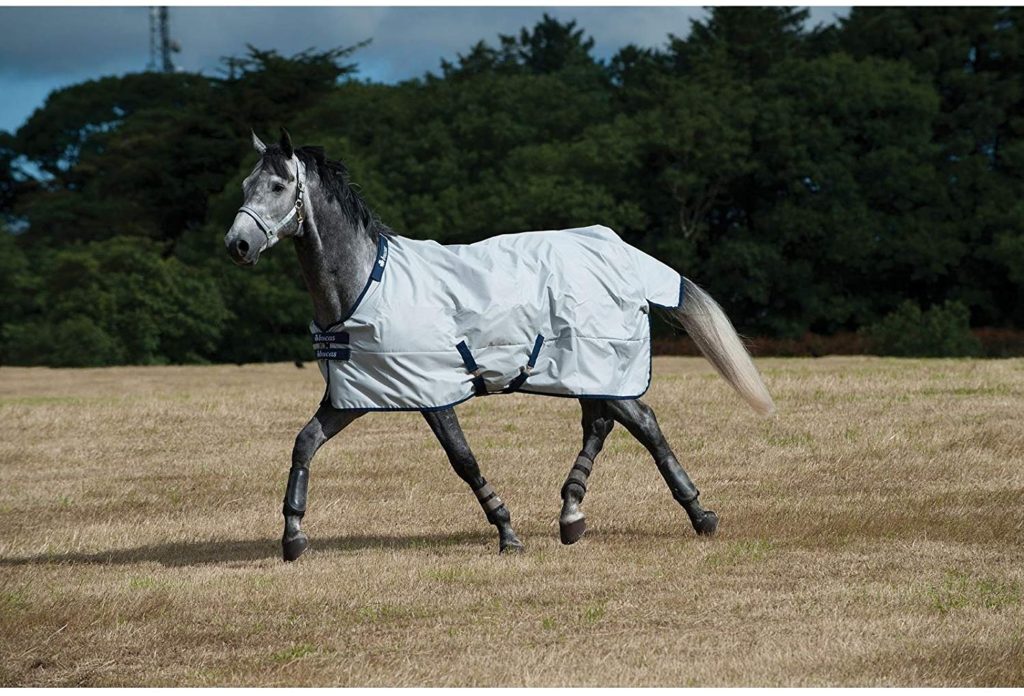
This unique turnout sheet offers a waterproof exterior, and also allows for breathability for your horse’s coat (important if you are treating or preventing rain rot). The silver color reflects the sun to prevent overheating, while shoulder darts increase the mobility for your horse inside the sheet.
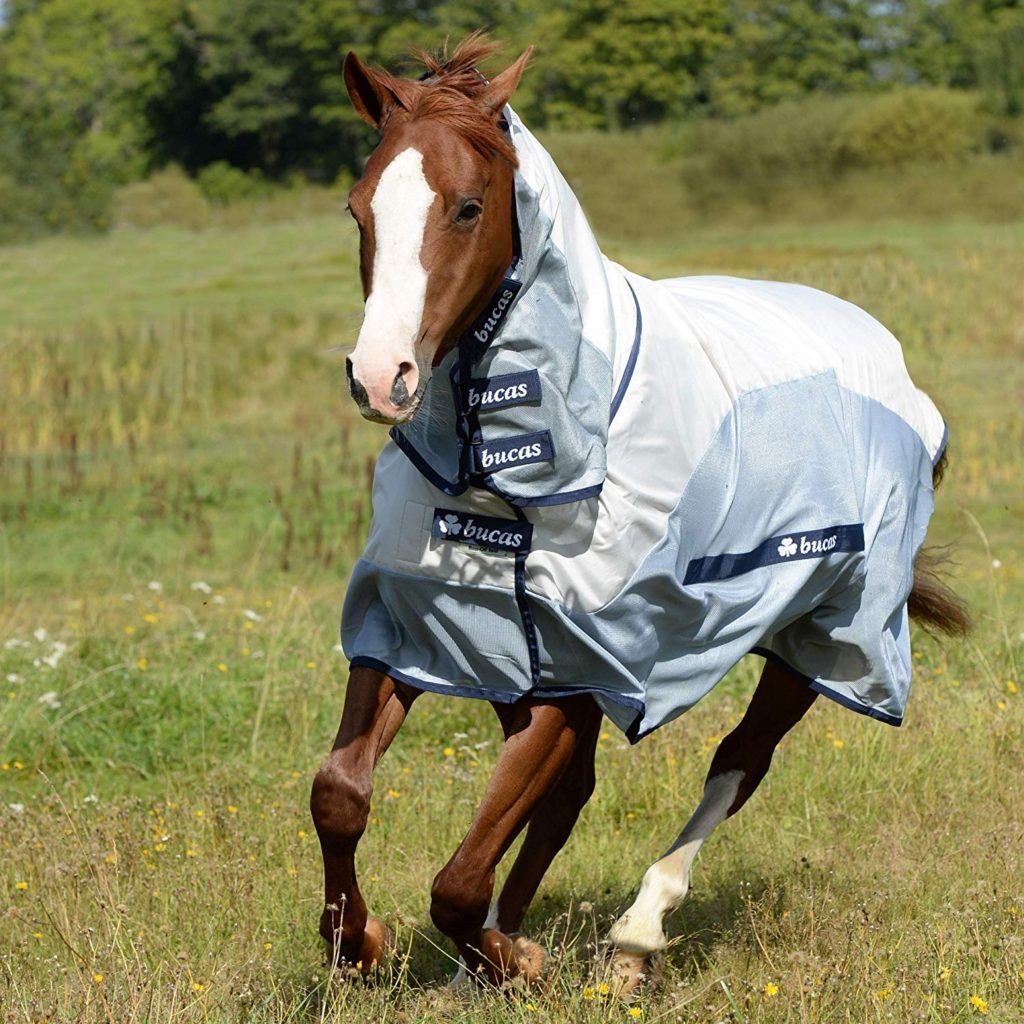
The Bucas Buzz Off Rain sheet is a unique and very effective design. It combines a rain sheet along the top of the sheet and a fly sheet toward the bottom half. This is a perfect sheet to use when trying to treat rain rot, or prevent it. The waterproof parts of the sheet keep the top part of your horse dry, while the lower half and belly band protect them from flies. This is a great option in warmer weather.
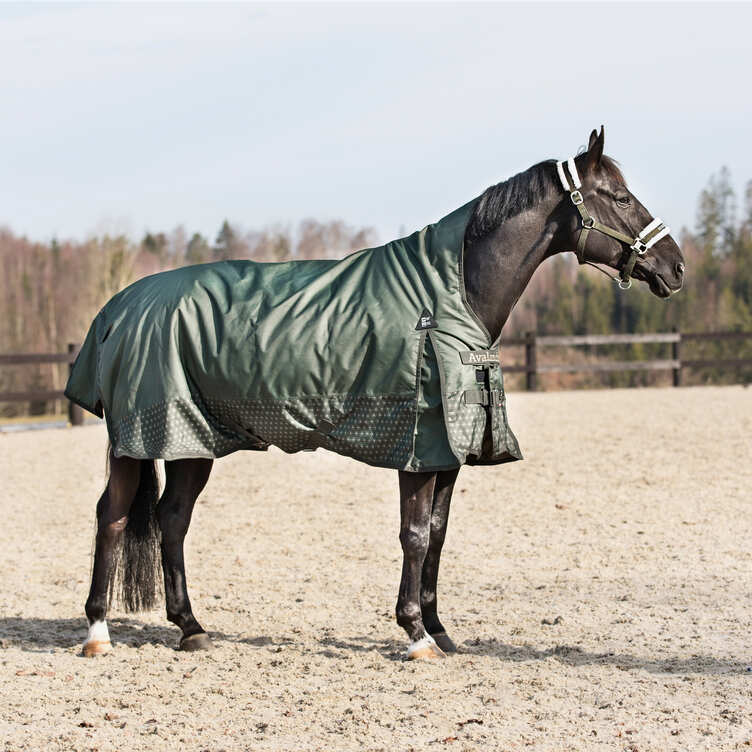
The Horze rain sheet offers 1200D ripstop material to hold up to your horse’s turnout antics. This sheet is a bit warmer for the horse than the Bucas above, so it tends to be better for cooler weather. It will keep your horse dry while also providing breathable lining for their coat.
Other Methods of Treatment
If cleaning your horse and providing a dry place for them is not sufficient for treatment, there are several other methods that people use for treating rain rot.
Listerine for Rain Rot
Some people swear by Listerine for treatment of rain rot. It is best to dilute the Listerine about 50/50 with water (the traditional goldish/brown one is what you want), and apply it to the affected area. Try a spot test first to make sure you don’t irritate your horse’s skin.
Hay Where’s that Blue Stuff
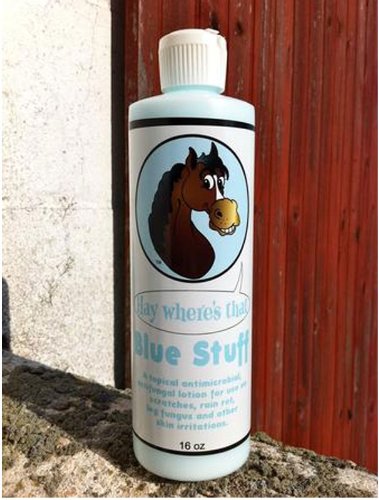
Hay Where’s That Blue Stuff provides a great line of products that has everything from washes to lotion. If you have warm enough weather to use the antimicrobial wash first, that is great. But if your horse lives somewhere that they can’t have a bath at this time of the year, then the Hay Where’s that Blue Stuff Lotion is a great option for treating rain rot. The lotion is also good for treating scratches, fungus, hobble burns, chafing and more! The company suggests treating every day until the problem is gone.
MTG
Shapley’s MTG can be effective for treating a range of skin and hair ailments in horses, including rain rot. It is important to note that some horses experience stinging/burning from the product, so it should be spot tested before applying to a large sensitive area affected by rain rot. If you’ve never used MTG, be aware that it comes with a very strong smell (many people describe it as burned bacon), so you might want to put on gloves before applying it. It is an oily liquid that does not need to be washed off between uses. Try MTG for rain rot, and also note that it can be used to treat not only rain rot, but scratches, sweet itch, mane and tail rubbing and more.
Equiderma
Equiderma has a great skin lotion for horses that can be used for the treatment of rain rot, as well as sweet itch, scratches, cannon bone scurf, and ring worm. This is a gentle lotion that won’t burn your horse and aids in treatment of rain rot, while also encouraging the hair to grow back.
How to Prevent Rain Rot in Horses
Are you afraid of your horse getting rain rot? Or perhaps you’ve finally defeated it, and you don’t ever want it to come back. Either way, there are a couple ways to prevent rain rot.
Firstly, make sure your horse always has access to a dry shelter so they aren’t left out in the rain (although we all know that they sometimes like to sit outside in whatever weather we’re having). If they don’t have access to shelter, make sure to get the horse a waterproof sheet – like the ones we talked about above.
Next, if your horse is left outside in a lot of rainy weather, you can help prevent rain rot by washing them with antimicrobial shampoo after exposure to rain.
Additionally, any of the treatments above can be applied as preventative treatment as well. If your horse is prone to rain rot, applying a lotion after rain exposure will help prevent rain rot from occurring.
If your horse is suffering from rain rot, first try to fix the environmental factors that led to the rain rot. Then try additional treatments for rain rot if that does not work. One of these options should clear your horse’s rain rot up so they aren’t left with irritated skin or bald patches. Try to catch rain rot right away for the most effective and simple treatment.


Leave a Reply